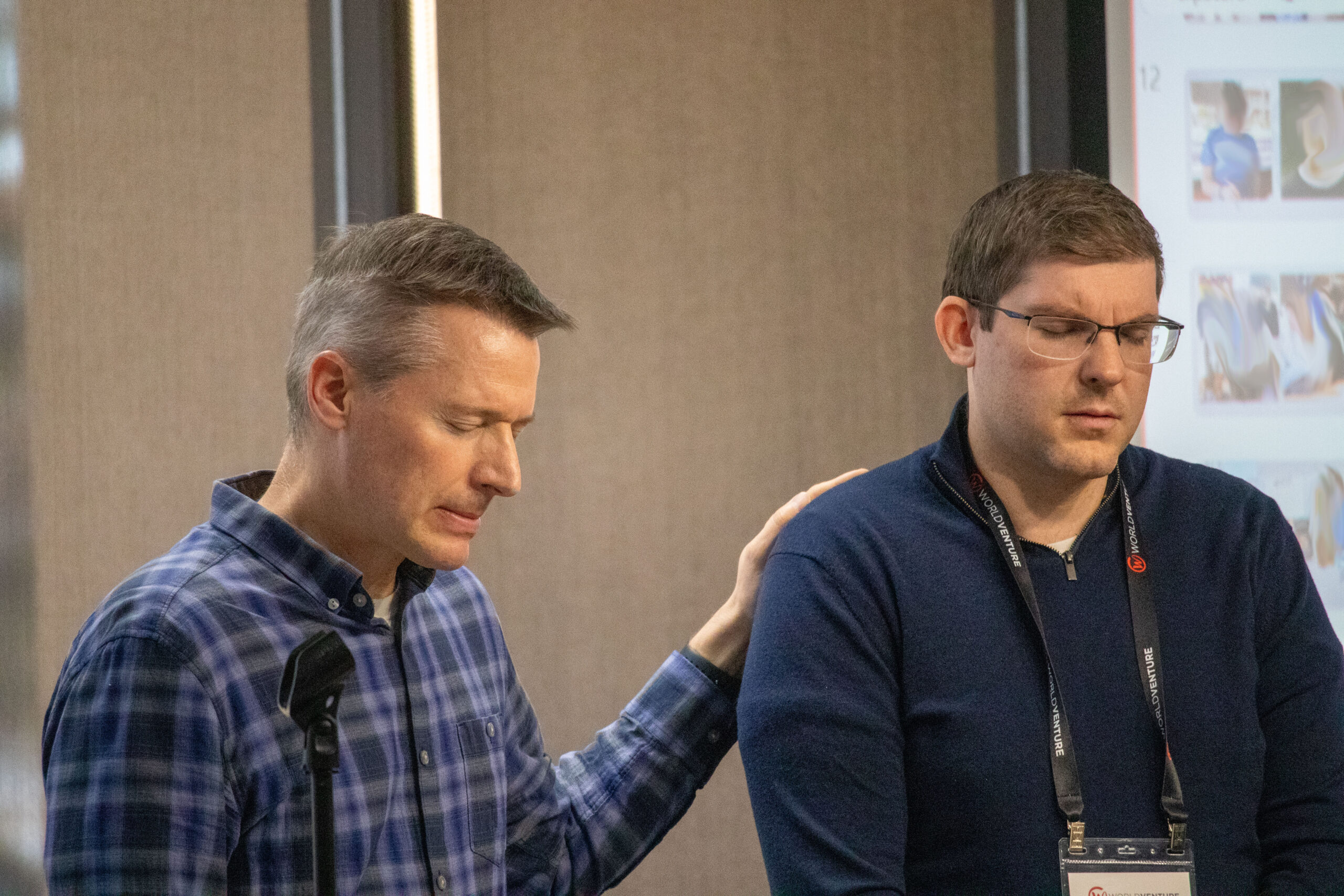By Brian Larson, MDiv, MA, LPC
“Mary has chosen what is better…” – Luke 10:42
In Luke 10, we see Jesus arriving in a village where Martha opened her home to him. Martha also had a sister named Mary, and we are told that she sat at the feet of the Lord, listening to what he said. Where was Martha? She was super busy, all spun up, and highly anxious about the preparations.
Jesus said,
“Martha, Martha you are worried and upset about many things.” (v. 41)
Our worry and anxiety distract us from what is important and what we value. Anxiety can feel like restlessness or a feeling of being keyed up or on edge. It often comes with a struggle to concentrate and stay focused and can involve our minds going blank, and we can’t remember what we wanted to say. Anxiety can impact our sleep, and we can feel easily fatigued. Our worry and anxiety can feel so exhausting and be a heavy burden that we walk with. It can also rob us of joy.
How do we return to our values and those things that bring us joy? How do we maintain a healthy rhythm that allows us to not be distracted from sitting at the feet of Jesus? It involves us slowing down and noticing our behavior. All behavior is communication. As we slow down and notice our behavior, we can readjust and change the behavior that is taking us away from what we value. When we find ourselves curious about the times we respond like Martha, we can slow down and say to ourselves, “What is it that I value in this moment?” Have you noticed those moments when it’s hard to concentrate, we are irritable, or we have muscle tension or tightness in the chest? Those moments of awareness and insight can be significant when it comes to us responding to our anxiety.
Building Your Self-Care Toolbox
How do we stay present and in the moment, ready to sit at the feet of Jesus? We can use several tools to help ground ourselves in the present and live according to what we value.
- Rafting down the river – Using your imagination, take your anxious thought and mentally place it in a box that sits on a raft. Close the box, push the raft out to the middle of the river, and give it one final slight push down the river. Watch the box and raft slowly move downstream, and continue to watch it as it gets smaller and smaller. As the raft goes around a bend in the river around a large rock, the raft slowly drifts from view, and you notice that you are pleasantly standing in the river enjoying the water without the anxiety that’s now out of sight. If you find you want to put the anxious thought in the box on the raft again, that’s ok; don’t beat yourself up for that anxious thought returning; just gently return the anxiety to the box and allow it once again to float down the river.
- (5, 4, 3, 2, 1) Notice FIVE things you see around you. And slowly name the items that you see in your environment. Touch FOUR things around you – the fabric of your pants, the chair you are sitting in, etc. Notice THREE things you hear – the car horn on the busy street outside, the birds in a tree, etc. This is where it gets more challenging, but it’s so important to lean into this practice as you bring yourself out of the thought loop and into the present moment you find yourself in. Notice TWO things you can smell – your coffee, the diesel of the street below, etc. And the last item, name ONE thing you can taste. Is it coffee or the sandwich from lunch?
Small things often help us to rewire the anxious brain. These tools can help bring us into the moment and help us live out our values, being present with our family, playing games with our kids, or sitting at the feet of Jesus. Jesus finished his reply to Martha by saying, “But few things are needed—or indeed only one. Mary has chosen what is better, and it will not be taken away from her.” (v. 42)
I pray that we slow down, notice, and are curious about our behavior to choose what is better.
Discussion Questions:
On your social media, copy and paste the link to this blog and share an answer to one of these questions. Or, you can leave a comment here.
- Read Luke 10 in context and think about the theme of this blog post. What was helpful to you about the chapter and this blog?
- In what way do you relate to Martha?
- Have you tried this? Did it help? Tell others about it.


